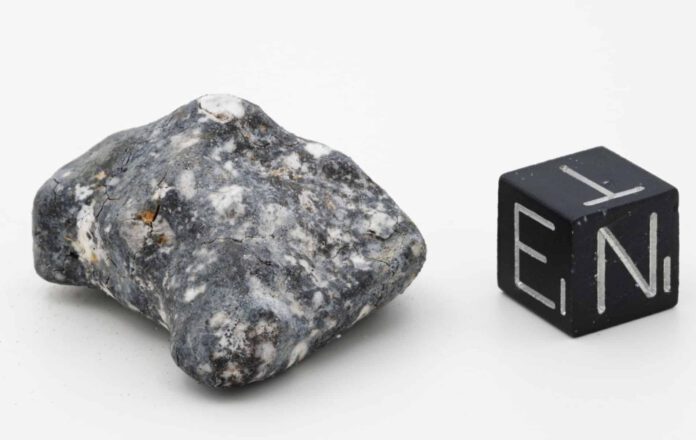
Space Rock 2024 BX1: Remnants Recovered, Holds Uncommon Attributes
After spectacularly exploding above Berlin, fragments of the space rock known as 2024 BX1 have finally been found. Analysis reveals that these fragments belong to a rare type of meteorite called an “aubrite”.
In late January, the meteor 2024 BX1 detonated over an area slightly west of Berlin, just three hours after being detected by an astronomer in Hungary. The scientific community became immediately excited and took to the German fields hoping to find pieces of the meteorite. They eventually succeeded in locating the elusive fragments in a field near the German village of Ribbeck. Initial analysis indicates these fragments are indeed rare aubrites.
The Elusive Aubrite Meteorite Fragments
“The fragments were incredibly difficult to find,” says Peter Jenniskens, astronomer and investigator at the SETI Institute who travelled from San Francisco to Germany in search of the ejected pieces. “That’s because from a distance they look just like regular rocks. You can only identify them once you get closer. Even with excellent estimates from Czech astronomers, finding the pieces was extremely challenging.”
The first fragments were only found after Polish meteorite hunters made an initial discovery. More pieces were quickly located after that in the same German field. The search was an international collaborative effort involving Jenniskens and various German organisations, including the Museum für Naturkunde, Freie Universität Berlin, Deutsches Zentrum für Luft- und Raumfahrt, and the Technische Universität Berlin. The meteorite has now been analyzed and the findings have been forwarded for validation and classification to the International Nomenclature Commission of the Meteoritical Society.
The Notable Attributes of Aubrites
Aubrites are special due to their rarity and their distinct appearance from other forms of meteorites. Co-scientist Christopher Hamann explains, “Aubrites look different from ‘normal’ space rocks. They are mainly gray, consisting primarily of magnesium silicates, enstatite, and forsterite. Conventionally, the telltale sign of meteorites tends to be the glassy crust enveloping it. However, aubrites lack this crust, which drastically differentiates them from other asteroids. As such, they are incredibly difficult to spot.”
2024 BX1: A Meteorite With A Noticeable Arrival
In addition to its unique composition, the meteorite 2024 BX1 stands out because it’s one of the few meteorites identified before hitting Earth. While meteorites landing on Earth is a common occurrence throughout the year, they usually descend without advance notice. Identifying such small celestial bodies in advance of their arrival is challenging for scientists. However, 2024 BX1 was detected before its explosion above Berlin — a remarkable exception to the normal process.
Fact to take away: Aubrites can be purchased online, though prices vary. A small grain of only one gram may cost around 200 euros while a larger fragment weighing more than 200 grams could cost as much as 6000 euros. For those seeking a more affordable way of owning an aubrite, you might consider taking a trip to the field near Ribbeck, Germany. There might just be some pieces overlooked from the scientific expedition.











